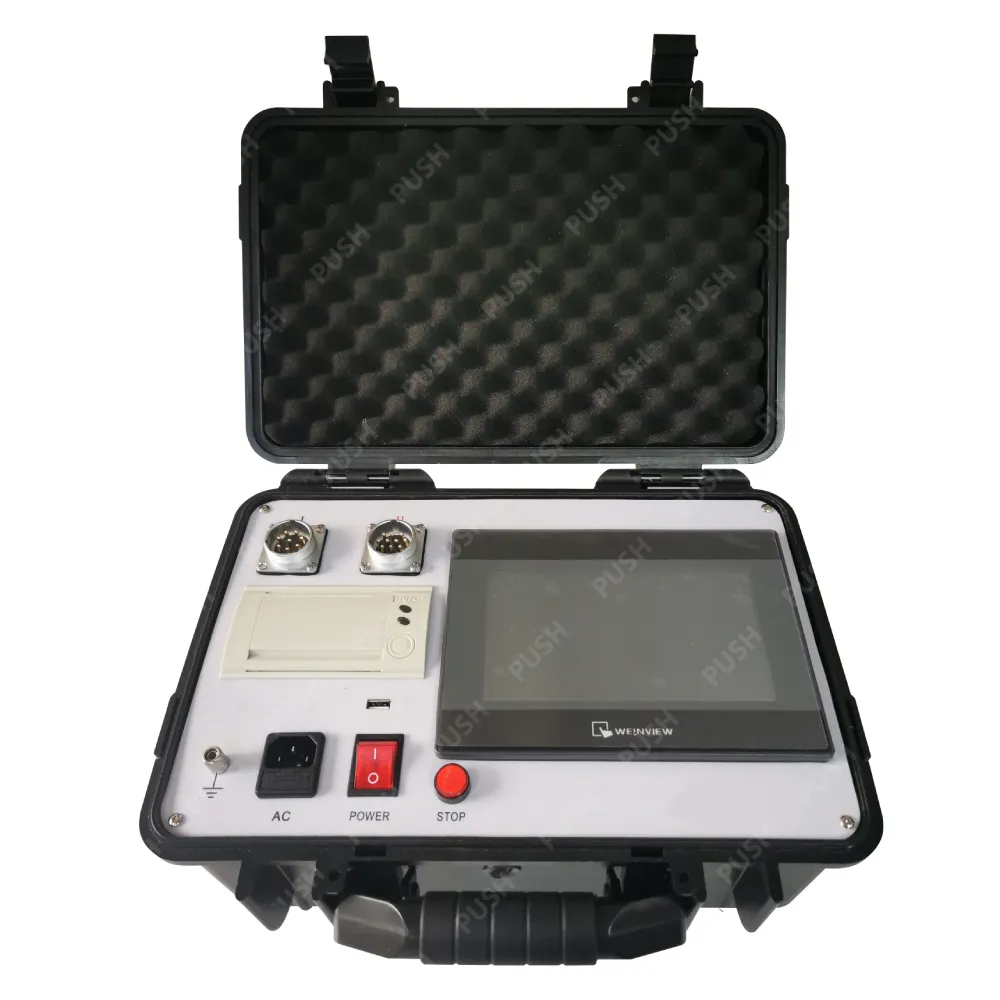TEL:
+86-0312-3189593
 English
English

Telephone:0312-3189593

Email:sales@oil-tester.com

-
 Afrikaans
Afrikaans -
 Albanian
Albanian -
 Amharic
Amharic -
 Arabic
Arabic -
 Armenian
Armenian -
 Azerbaijani
Azerbaijani -
 Basque
Basque -
 Belarusian
Belarusian -
 Bengali
Bengali -
 Bosnian
Bosnian -
 Bulgarian
Bulgarian -
 Catalan
Catalan -
 Cebuano
Cebuano -
 China
China -
 China (Taiwan)
China (Taiwan) -
 Corsican
Corsican -
 Croatian
Croatian -
 Czech
Czech -
 Danish
Danish -
 Dutch
Dutch -
 English
English -
 Esperanto
Esperanto -
 Estonian
Estonian -
 Finnish
Finnish -
 French
French -
 Frisian
Frisian -
 Galician
Galician -
 Georgian
Georgian -
 German
German -
 Greek
Greek -
 Gujarati
Gujarati -
 Haitian Creole
Haitian Creole -
 hausa
hausa -
 hawaiian
hawaiian -
 Hebrew
Hebrew -
 Hindi
Hindi -
 Miao
Miao -
 Hungarian
Hungarian -
 Icelandic
Icelandic -
 igbo
igbo -
 Indonesian
Indonesian -
 irish
irish -
 Italian
Italian -
 Japanese
Japanese -
 Javanese
Javanese -
 Kannada
Kannada -
 kazakh
kazakh -
 Khmer
Khmer -
 Rwandese
Rwandese -
 Korean
Korean -
 Kurdish
Kurdish -
 Kyrgyz
Kyrgyz -
 Lao
Lao -
 Latin
Latin -
 Latvian
Latvian -
 Lithuanian
Lithuanian -
 Luxembourgish
Luxembourgish -
 Macedonian
Macedonian -
 Malgashi
Malgashi -
 Malay
Malay -
 Malayalam
Malayalam -
 Maltese
Maltese -
 Maori
Maori -
 Marathi
Marathi -
 Mongolian
Mongolian -
 Myanmar
Myanmar -
 Nepali
Nepali -
 Norwegian
Norwegian -
 Norwegian
Norwegian -
 Occitan
Occitan -
 Pashto
Pashto -
 Persian
Persian -
 Polish
Polish -
 Portuguese
Portuguese -
 Punjabi
Punjabi -
 Romanian
Romanian -
 Russian
Russian -
 Samoan
Samoan -
 Scottish Gaelic
Scottish Gaelic -
 Serbian
Serbian -
 Sesotho
Sesotho -
 Shona
Shona -
 Sindhi
Sindhi -
 Sinhala
Sinhala -
 Slovak
Slovak -
 Slovenian
Slovenian -
 Somali
Somali -
 Spanish
Spanish -
 Sundanese
Sundanese -
 Swahili
Swahili -
 Swedish
Swedish -
 Tagalog
Tagalog -
 Tajik
Tajik -
 Tamil
Tamil -
 Tatar
Tatar -
 Telugu
Telugu -
 Thai
Thai -
 Turkish
Turkish -
 Turkmen
Turkmen -
 Ukrainian
Ukrainian -
 Urdu
Urdu -
 Uighur
Uighur -
 Uzbek
Uzbek -
 Vietnamese
Vietnamese -
 Welsh
Welsh -
 Bantu
Bantu -
 Yiddish
Yiddish -
 Yoruba
Yoruba -
 Zulu
Zulu
Jan . 26, 2025 05:27
Back to list
working of gas chromatography
Gas chromatography (GC) is a pivotal analytical method in laboratories around the world, known for its precision and versatility in separating and analyzing compounds. The fundamental operation of gas chromatography involves a harmonious interplay of technology and science, where a mobile gas phase transports samples through a stationary liquid phase packed into a column. This robust process traces its roots to the early 20th century, continuously evolving to meet the demands of modern-day analytics in industries ranging from pharmaceuticals to environmental sciences.
In practice, sample preparation is indispensable, contributing significantly to the accuracy of gas chromatography. Proper sample extraction, purification, and concentration are the foundational steps that feed into the efficacy of the chromatographic process. Technologies like headspace sampling, solid-phase microextraction (SPME), and derivatization are frequently used to enhance volatile compound analysis, further emphasizing the method’s versatility across varied sample types. Understanding the nuances of temperature programming can amplify GC efficiency, as compounds of varying volatilities experience different separation behaviors under uniform temperature conditions. Temperature gradients can be applied to enhance separation efficiency by controlling the rate at which compounds elute through the column. Mastery over these parameters allows for better resolution, shorter analysis times, and improved detection limits, showcasing advanced GC technique adaptability. Regular maintenance of the GC system, albeit not frequently discussed, is imperative for accurate data and long-term reliability. Regular column conditioning, septum and liner replacement, and contamination checks form the maintenance regimen that any proficient GC user should adhere to. Moreover, thorough calibration using certified standards ensures the system delivers precise and reproducible data, crucial in contexts such as regulatory compliance and scientific research. Gas chromatography continues to evolve with modern technological advances, integrating with automated systems and software-driven analysis, thereby expanding the potential applications and efficiency of this already powerful analytical technique. These innovations grant scientists deeper insights and greater precision, reinforcing gas chromatography as a cornerstone in analytical labs worldwide.


In practice, sample preparation is indispensable, contributing significantly to the accuracy of gas chromatography. Proper sample extraction, purification, and concentration are the foundational steps that feed into the efficacy of the chromatographic process. Technologies like headspace sampling, solid-phase microextraction (SPME), and derivatization are frequently used to enhance volatile compound analysis, further emphasizing the method’s versatility across varied sample types. Understanding the nuances of temperature programming can amplify GC efficiency, as compounds of varying volatilities experience different separation behaviors under uniform temperature conditions. Temperature gradients can be applied to enhance separation efficiency by controlling the rate at which compounds elute through the column. Mastery over these parameters allows for better resolution, shorter analysis times, and improved detection limits, showcasing advanced GC technique adaptability. Regular maintenance of the GC system, albeit not frequently discussed, is imperative for accurate data and long-term reliability. Regular column conditioning, septum and liner replacement, and contamination checks form the maintenance regimen that any proficient GC user should adhere to. Moreover, thorough calibration using certified standards ensures the system delivers precise and reproducible data, crucial in contexts such as regulatory compliance and scientific research. Gas chromatography continues to evolve with modern technological advances, integrating with automated systems and software-driven analysis, thereby expanding the potential applications and efficiency of this already powerful analytical technique. These innovations grant scientists deeper insights and greater precision, reinforcing gas chromatography as a cornerstone in analytical labs worldwide.
Previous:
Latest news
-
Testing Equipment Industry Sees Major Advancements in 2025: Smart & Precision Technologies Lead the WayNewsJun.06,2025
-
Applications of Direct Current Generators in Renewable Energy SystemsNewsJun.05,2025
-
Hipot Tester Calibration and Accuracy GuidelinesNewsJun.05,2025
-
Digital Circuit Breaker Analyzer Features and BenefitsNewsJun.05,2025
-
Benefits of Real-Time Power Quality Monitoring Devices for Industrial EfficiencyNewsJun.05,2025
-
Earth Fault Loop Testing in High-Rise Building Electrical SystemsNewsJun.05,2025



